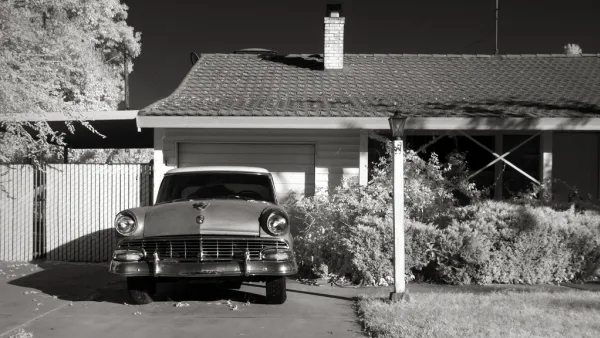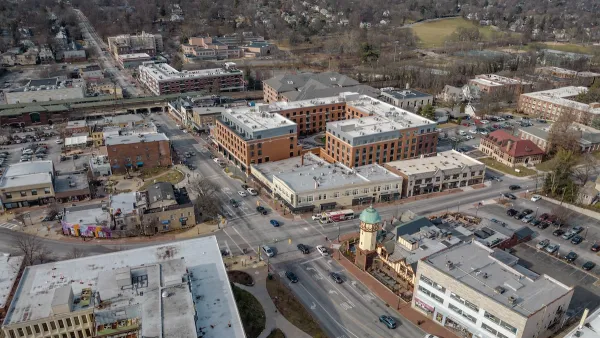American cities are often described as 'segregated,' but segregation is not always well defined. A new study reveals a distinctive pattern: American cities tend to have many small areas of affluence amid fewer, but often larger, areas of poverty.

American cities tend to be segregated by ethnicity and wealth, with wealth usually correlated with white residents and poverty often correlated with minority residents. The spatial distribution of these groups follows a distinctive pattern, according to a new study from the University of Minnesota. Areas of high concentrations of white, wealthy residents tend to outnumber areas of high concentrations of poor, minority residents.
While public policy has typically focused on the problems in areas with high concentrations of poverty, this approach, say the study's authors, ignores another significant urban problem. The dispersion of wealthy, white areas suggests, according to the authors, that white residents are self-segregating and, therefore, denying poor residents chances to integrate socially and economically with more wealthy residents.
Western cities fare better than eastern cities do.
"Cities such as St. Louis, Boston, Baltimore, and Minneapolis have more racially concentrated areas of affluence (RCAAs) than they do racially concentrated areas of poverty (RCAPs). Boston has the most RCAAs of the cities they examined, with 77. St. Louis has 44 RCAAs, and 36 RCAPs. Other cities with a large number of racially concentrated areas of affluence include Philadelphia, with 70, Chicago, with 58, and Minneapolis, with 56."
"There is less self-segregation of metro areas in the West: San Francisco and Houston have just five racially concentrated areas of affluence each, Seattle has nine, Los Angeles, 11. Seattle has just six racially concentrated areas of poverty and San Francisco has 12. These western cities have larger populations of affluent minorities, and are, in general, more diverse."
"Some people argue that when whites and affluent people segregate themselves, it can erode empathy, and it can inhibit the pursuit of region-wide remedies," researcher Ed Goetz told Alana Samuel from The Atlantic. "It can inhibit a sense of shared destiny within a metropolitan area."
FULL STORY: Where the White People Live

Analysis: Cybertruck Fatality Rate Far Exceeds That of Ford Pinto
The Tesla Cybertruck was recalled seven times last year.

National Parks Layoffs Will Cause Communities to Lose Billions
Thousands of essential park workers were laid off this week, just before the busy spring break season.

Retro-silient?: America’s First “Eco-burb,” The Woodlands Turns 50
A master-planned community north of Houston offers lessons on green infrastructure and resilient design, but falls short of its founder’s lofty affordability and walkability goals.

Test News Post 1
This is a summary

Analysis: Cybertruck Fatality Rate Far Exceeds That of Ford Pinto
The Tesla Cybertruck was recalled seven times last year.

Test News Headline 46
Test for the image on the front page.
Urban Design for Planners 1: Software Tools
This six-course series explores essential urban design concepts using open source software and equips planners with the tools they need to participate fully in the urban design process.
Planning for Universal Design
Learn the tools for implementing Universal Design in planning regulations.
EMC Planning Group, Inc.
Planetizen
Planetizen
Mpact (formerly Rail~Volution)
Great Falls Development Authority, Inc.
HUDs Office of Policy Development and Research
NYU Wagner Graduate School of Public Service




























